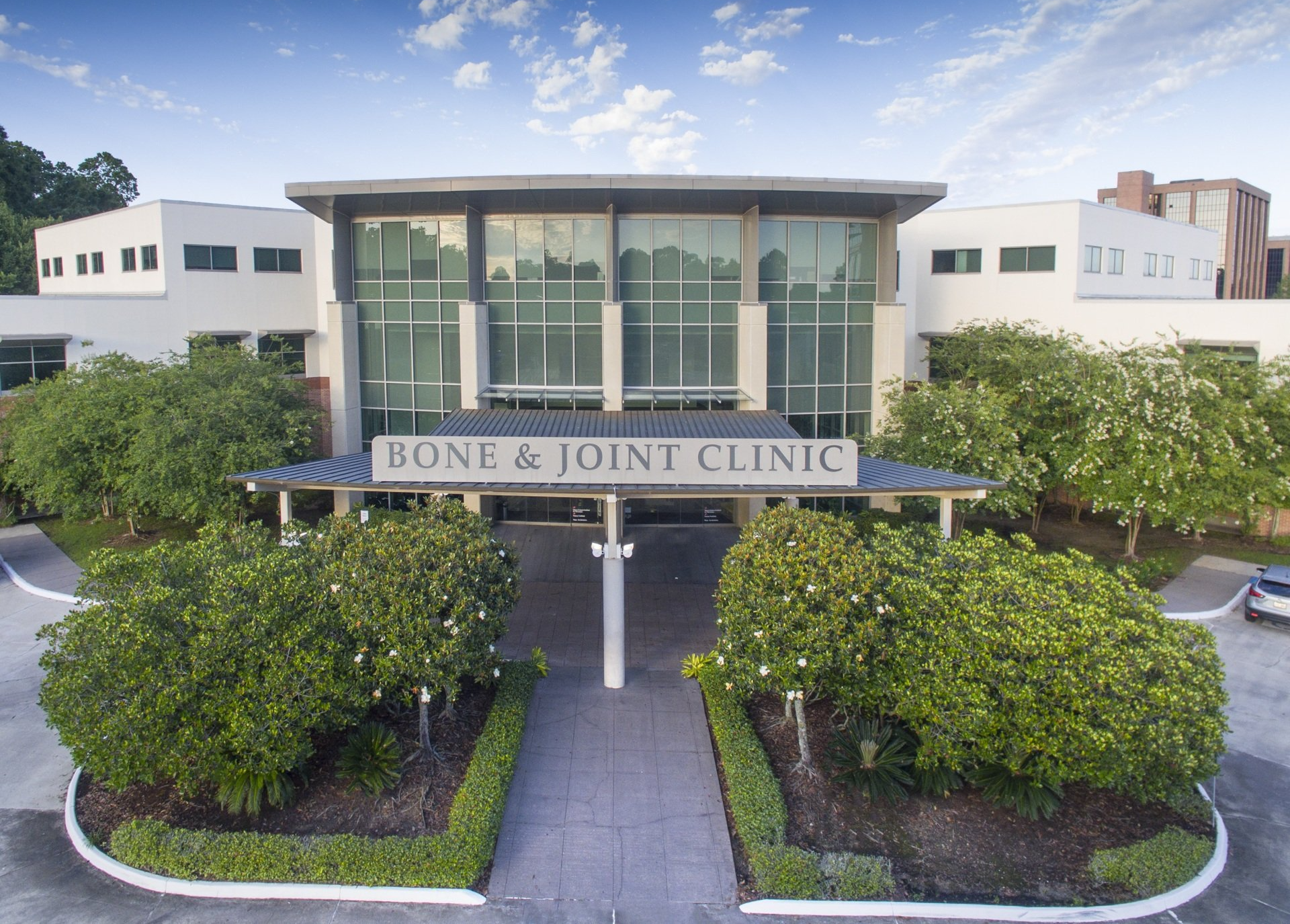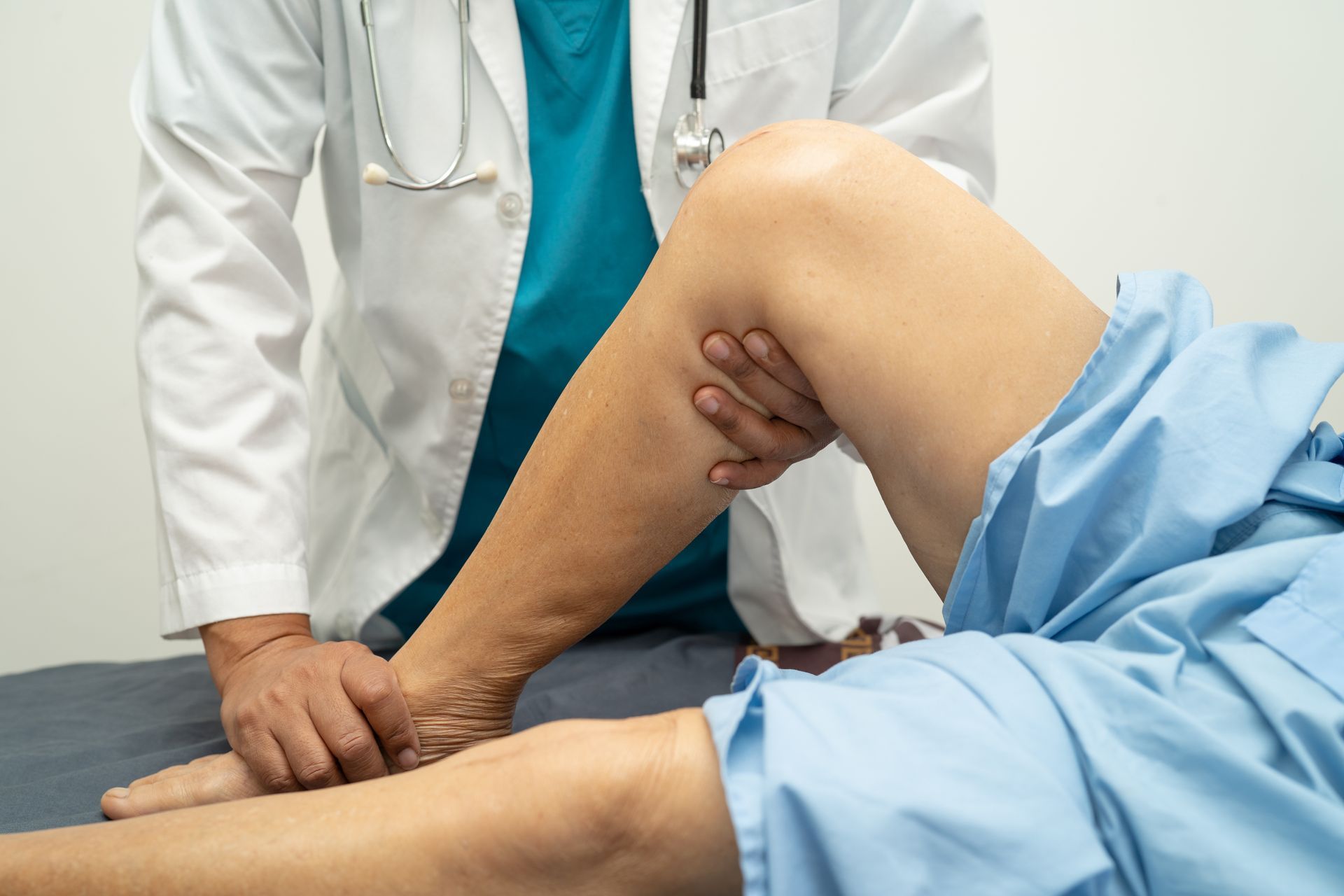Ingrown toenails are a common and painful foot condition that many people face. They occur when the side or corner of your toenail grows into the soft flesh surrounding the nail, leading to pain, discomfort, redness, and, in some cases, infection. While any toe can be affected, the big toe is the most common site for ingrown nails. If left untreated, the nail can further embed into the skin, intensifying pain and increasing the risk of complications. Dealing with an ingrown toenail can quickly impact your daily routine, making simple tasks like walking or standing painful. Seeking proper treatment and learning preventive measures can help you get back on your feet and avoid future issues.
Meet Our Foot and Ankle Surgeons
What Are the Common Causes of Ingrown Toenails?
Several factors can contribute to the development of ingrown toenails, including:
- Improper nail trimming: Cutting your nails too short or rounding the edges can encourage the nail to grow into the surrounding skin.
- Wearing tight or ill-fitting shoes: Shoes that pinch or compress the toes can push the nail into the skin.
- Trauma: Injuring your toe by stubbing it or dropping something on it can lead to nail deformities that increase the risk of ingrown nails.
- Genetics: Some people are simply more prone to ingrown toenails due to inherited foot shapes or nail growth patterns.
Treatment Options for Ingrown Toenails
If caught in the early stages, you may be able to reduce symptoms and resolve your ingrown nail at home.
- Soak your feet: Soaking your foot in warm water mixed with Epsom salt several times a day can help reduce swelling and pain.
- Wear loose shoes: Opt for shoes that don’t put pressure on the affected area, allowing your toe to heal.
- Pain relievers: Over-the-counter pain medications can help manage discomfort.
- Use cotton or dental floss: In some cases, gently lifting the nail with a small piece of cotton or dental floss can encourage it to grow away from the skin.
If your symptoms don’t improve after a few days of home care, it may be time to consult a podiatrist for further treatment.
- Non-surgical options: A podiatrist may prescribe antibiotics if the area is infected or may gently lift the nail away from the surrounding tissue and tape it in place to guide proper growth.
- Surgical options: In more severe cases, trimming the ingrown part of the nail may be necessary to relieve pain and allow the nail to grow back normally. For the most extreme cases, a procedure called a matrixectomy may be required. This involves permanently removing the problematic section of the toenail and its underlying nail bed to prevent the issue from recurring.
How Can Ingrown Toenails Be Prevented?
Preventing ingrown toenails involves making minor adjustments to your foot care routine:
- Trim nails properly: Always trim your toenails straight across and avoid cutting them too short.
- Choose proper footwear: Wear shoes that give your toes plenty of room, particularly when engaging in activities like running or walking.
- Maintain foot hygiene: Regularly wash and moisturize your feet to keep them healthy.
Athletes or people with medical conditions such as diabetes should take special care when dealing with their toenails, as complications from ingrown nails can be more severe.
When to Seek Medical Attention for an Ingrown Nail?
While mild cases of ingrown toenails may resolve on their own, it’s important to seek medical attention if:
- The pain is persistent and doesn’t improve with at-home treatments.
- There are signs of infection (e.g., pus, warmth, or redness).
- You experience recurring ingrown toenails.
- You have underlying medical conditions like diabetes or circulation problems.
If you’re struggling with ingrown toenails and need relief, the foot and ankle specialists at Bone and Joint Clinic of Baton Rouge can provide you with expert care and help you get back on your feet as soon as possible. Don’t let foot pain hold you back—schedule your appointment today!




